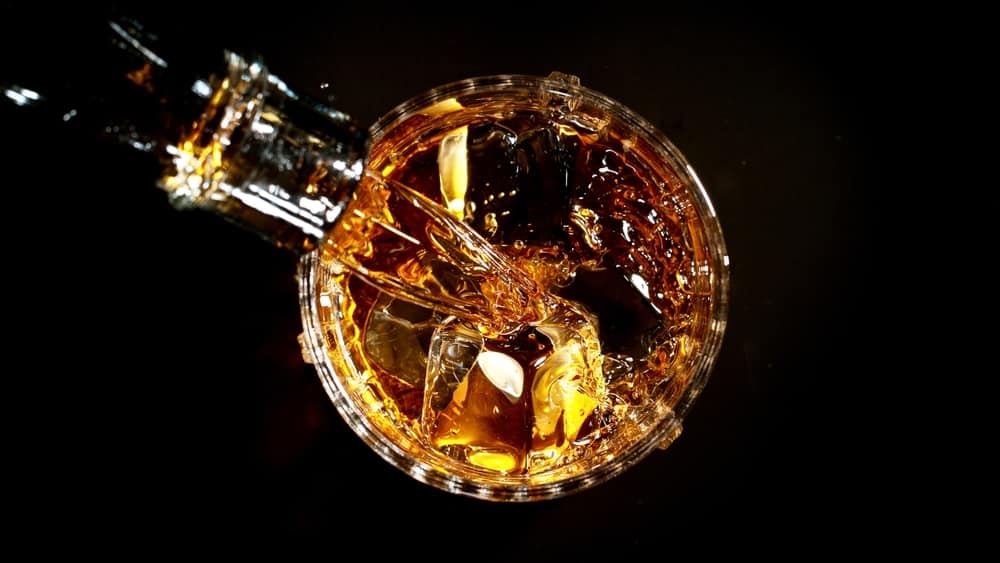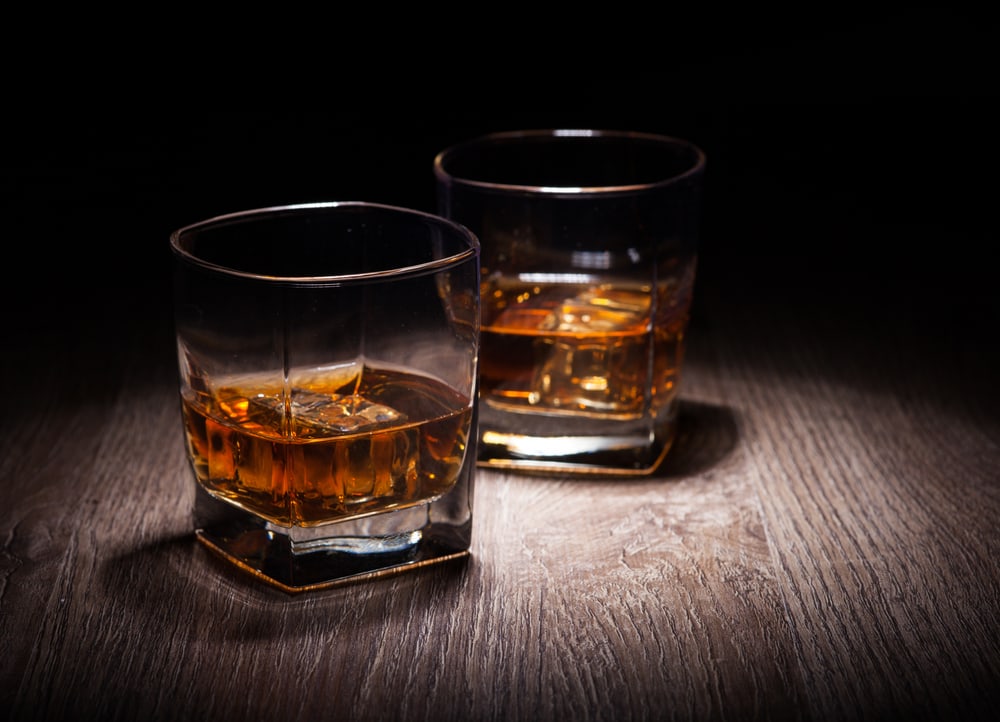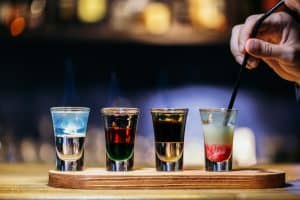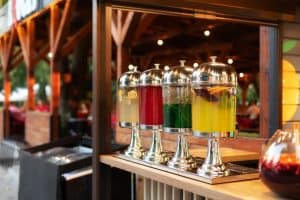
Whiskey is called the water of social life, and it’s no wonder—a few sips of this smooth spirit can make any occasion feel a bit more special. But whether you’re enjoying a glass on its own or using it as a mixer in your favorite cocktail, it’s important to pour the perfect amount.
But how much should you pour?
You can pour a full shot (1.5 oz.) if you want a weaker drink, two shots (3 oz.) if you want something a bit more moderate, or three shots (5 oz.) if you want a more potent drink. If you’re making a mixed drink, the amount of whiskey you use will depend on the recipe.
This article will discuss the standard whiskey pour, factors affecting the quantity of whiskey to pour, and how much whiskey to pour for neat drinks and mixed cocktails.
What Is a Standard Whiskey Pour?

Drinking whiskey is a personal experience, and there is no “right” or “wrong” way to do it.
However, most bartenders and whiskey aficionados agree that 1.5 ounces is the perfect amount of whiskey to pour for a standard drink. This measurement is also known as a “shot” or a “finger.”
Why 1.5 Ounces?
There are a few reasons why 1.5 ounces is considered the standard pour for whiskey. For one, this is the perfect amount to taste all the complex whiskey flavors without being overwhelmed by the alcohol content.
Whiskey is also very potent, and 1.5 ounces is the perfect amount to enjoy the flavor without getting too drunk. If you’re new to drinking whiskey, it’s best to start with a standard pour and see how you feel before increasing the amount.
The amount of whiskey you pour can, of course, be altered to your preference. If you like your drinks a little weaker, you can pour 1 ounce of whiskey instead of 1.5 ounces. Or, if you’re looking for a stronger drink, you can pour 2 ounces or more.
What Determines How Much Whiskey To Pour?

A few factors can affect the amount of whiskey you pour into your glass.
Type of Whiskey
The type of whiskey you’re drinking can affect the amount you pour.
For example, peaty whiskeys like IslayScotch have a more intense flavor, so you may want to pour a bit less. On the other hand, sweeter whiskeys like bourbon tend to be more mellow, so you may want to pour a bit more.
Serving Size
The serving size of your glass can also affect the amount of whiskey you pour. If you’re using a small glass, you’ll naturally pour less whiskey than if you’re using a large glass.
Drinking Neat or Making a Cocktail
If you’re enjoying your whiskey neat, you may want to pour a bit less than if you’re making a mixed drink. This is because cocktails tend to have other ingredients that can balance out the whiskey’s flavor.
If you’re drinking your whiskey neat, it’s generally best to pour 1.5 ounces, which is the standard drink size. This is the perfect amount to taste all the complex whiskey flavors without being overwhelmed by the alcohol content.
The amount of whiskey you pour can, of course, be altered to your preference. Pour 1 ounce of whiskey instead of 1.5 ounces if you prefer your drinks a little drier. Alternatively, if you want a stronger beverage, you can add 2 ounces or more.
A mixed drink’s recipe will determine how much whiskey to add. Typical Old Fashioned recipes call for one shot (1.5 ounces) of whiskey, while whisky sour recipes call for two shots (3 ounces). Naturally, you can change the whiskey’s strength to your preferred level.
Takeaway
There is no right or wrong answer regarding how much whiskey to pour. It all depends on your personal preference.
However, most bartenders and whiskey aficionados agree that 1.5 ounces are the perfect amount of whiskey to pour for a standard drink.
This measurement is also known as a “shot” or a “finger.” Whether you’re drinking neat or making a cocktail, the amount of whiskey you use will depend on the recipe.
Frequently Asked Questions
There are a few ways to measure an ounce of whiskey. The easiest way is to use a shot glass, which is typically 1 ounce.
No, whiskey is not more alcoholic than other liquors. It has the same alcohol as vodka, gin, and rum. The only difference is that whiskey has a more complex flavor than these other liquors.









